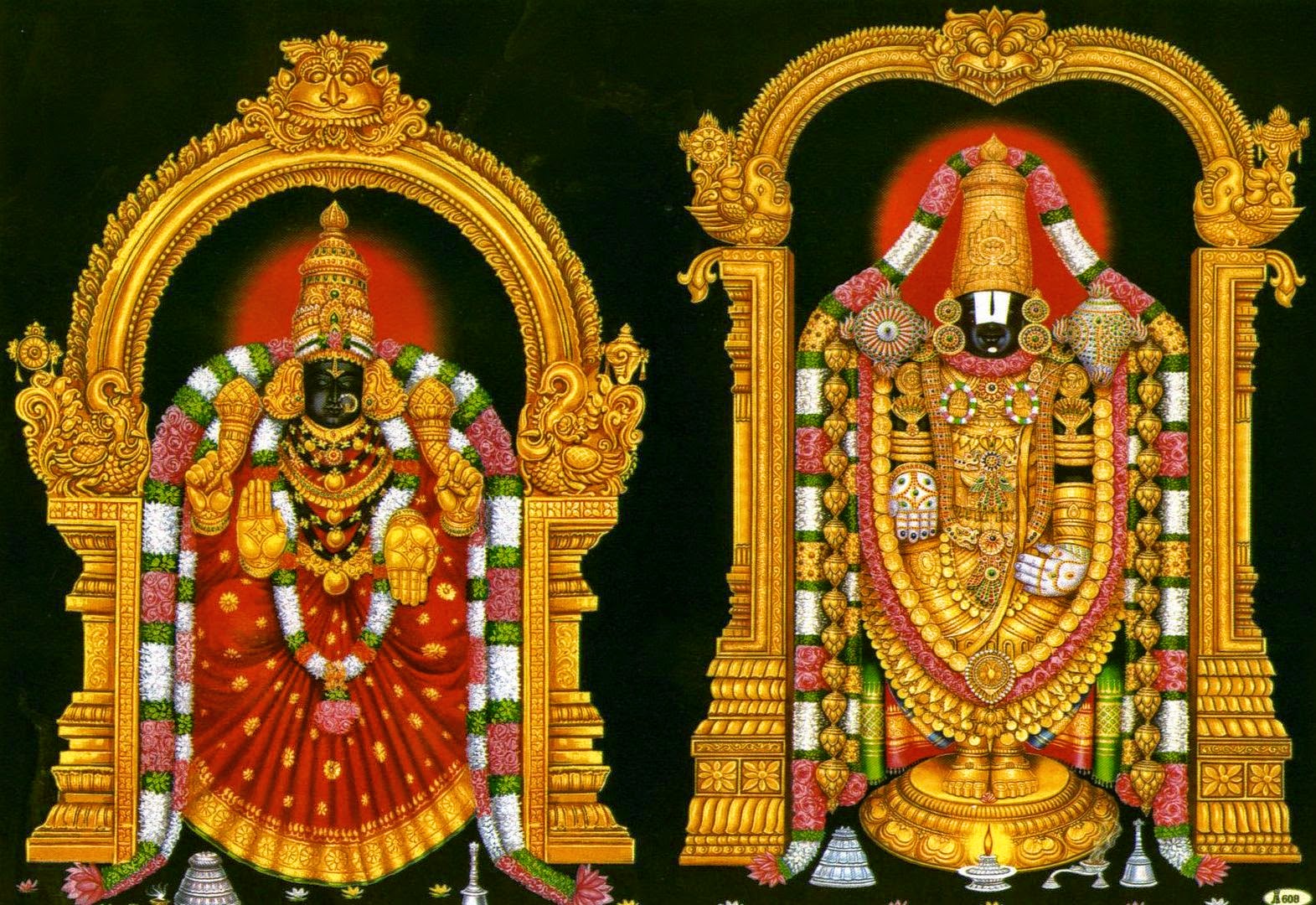The Spiritual Import of the Mahabharata and the Bhagavadgita : Ch-9. Part-3.
9: The Unity of the Lover and the Beloved :
Part-3.
Every fibre is saturated and is dripping with water, so that we may say there is an immanence of water in the cloth. There is a presence of water in every bit of the cloth, in every fibre, but the water is not the cloth. This is something very clear, and everyone knows the distinction between the two. The philosophical doubts are of this nature. Does God pervade the world? Is God the same as the world, or is there some sort of distinction?
This doubt is cleared up by another aphoristic verse. Ye caiva sattvika bhava rajasas tamasas ca ye, matta eveti tan viddhi na tv aham tesu te mayi. An answer with a subtle question implied is given in this verse. This is a good answer, but it raises a further question later on. That which we call sattvic, rajasic and tamasic—all these are emanations from God only—matta eveti tan viddhi.
Not only are the objects through which the thread passes tamasic constitutes, anything that is objective is tamasic in nature. So tamas and objects can be equated with each other. The inertia of the objects is the same as this tamasic element that we speak of in Samkhya or any other philosophy.
So, to refute the doubt that the sattvic soul that passes through all the objects may perhaps be qualitatively different from the objects themselves, the great Teacher of the Gita tells us that even the objects emanate from the being of God. That means to say, the divine soul which permeates the object is also the soul of the object.
The objects are tamasic; the forces that distinguish the seer from the seen, the object from the subject is rajasic; and the consciousness that enlivens us in the process of perception is sattvic. All these proceed from God.
Swami Krishnananda
To be continued ...

.jpg)



Comments